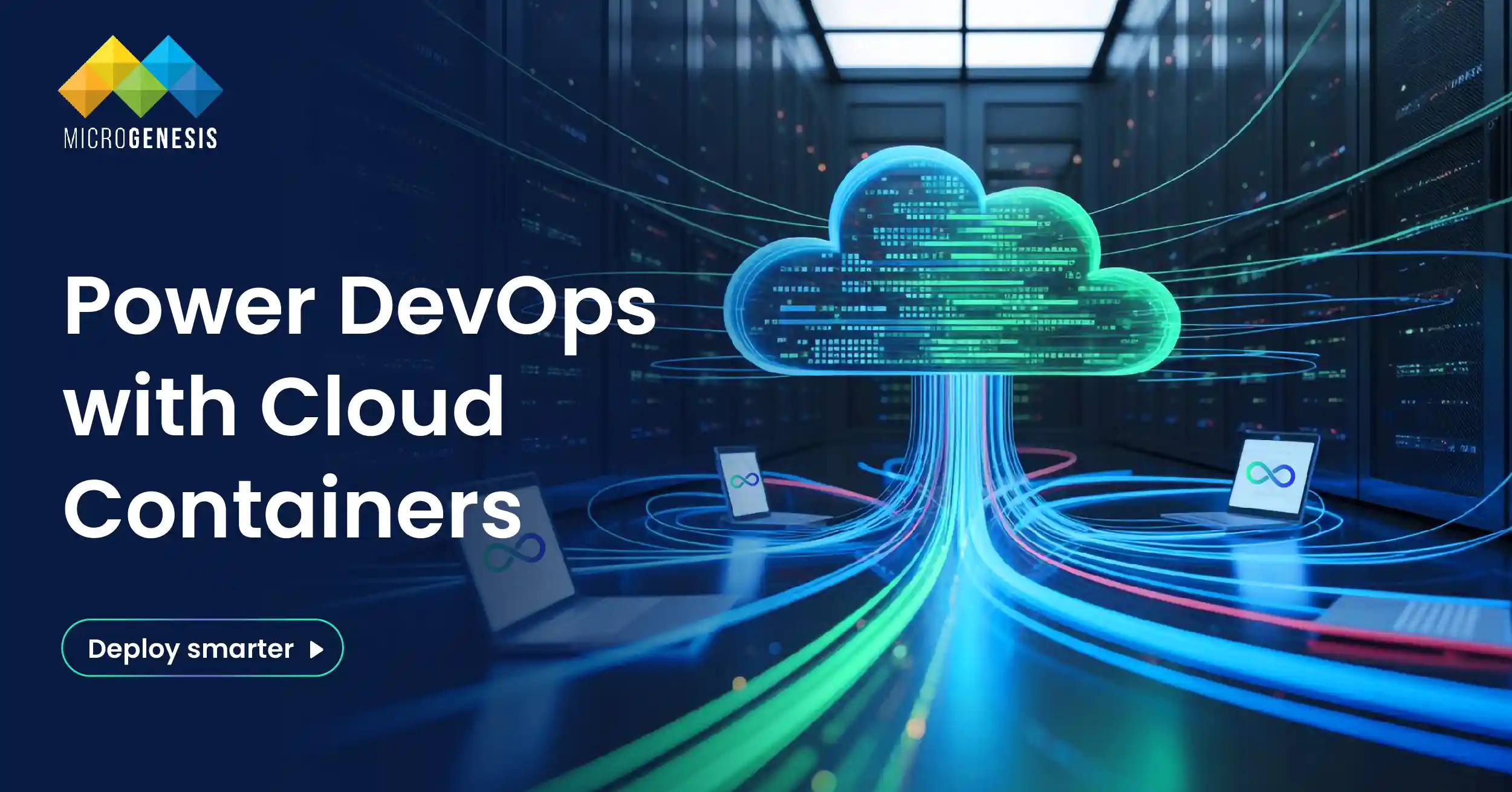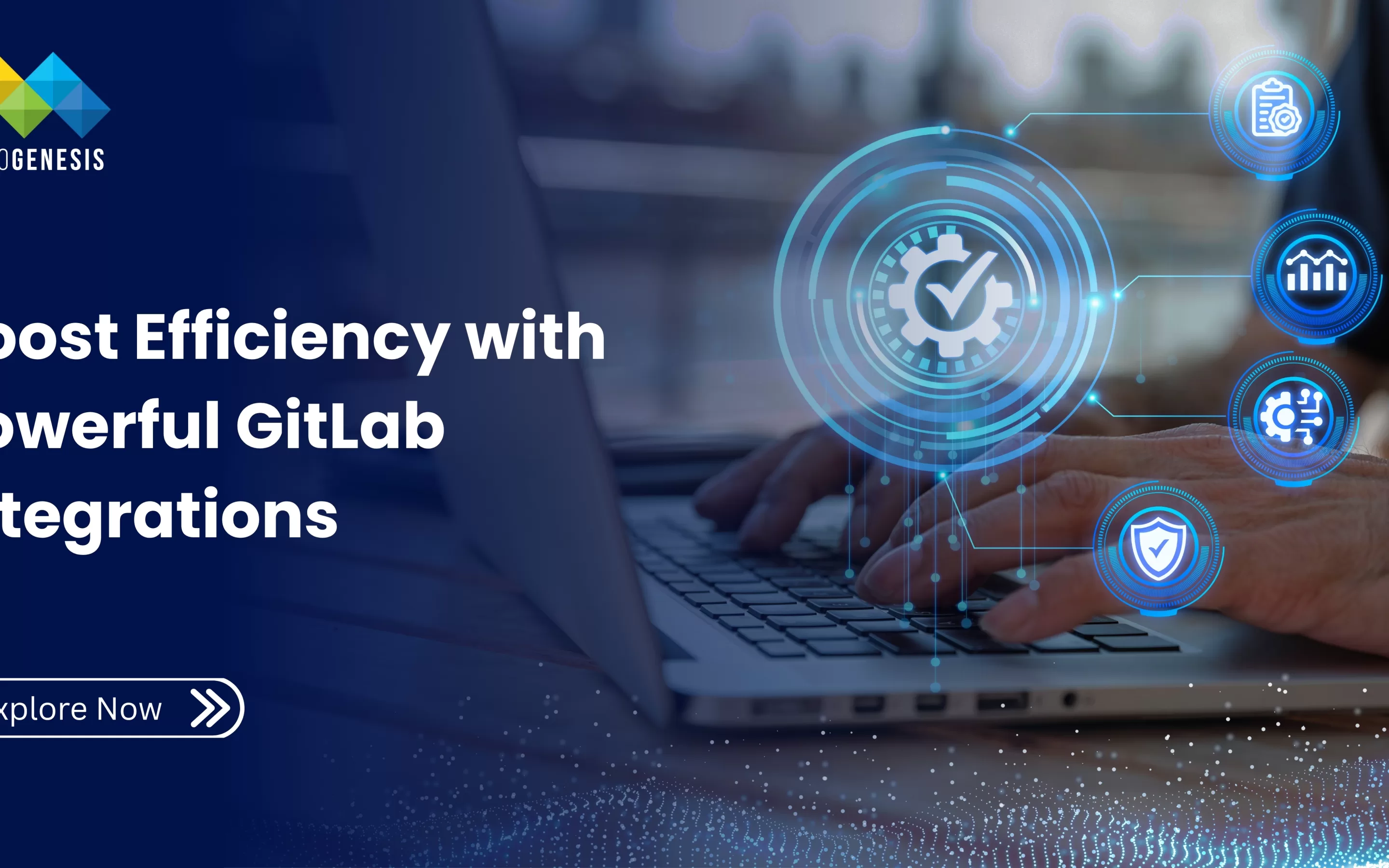As businesses scale and software complexity grows, traditional application deployment models struggle to keep up. The rise of cloud computing and DevOps has introduced faster, more agile ways to build, deploy, and manage applications. At the center of this transformation is a powerful technology: containerization.
By packaging applications and their dependencies into lightweight, portable containers, organizations can build scalable, consistent, and repeatable development workflows. When combined with DevOps principles, containerization becomes a cornerstone of continuous delivery and infrastructure automation.
In this blog, we’ll explore what containerization is, why it matters in DevOps and cloud environments, how it works, the tools involved, and the challenges and best practices of using containers effectively.
What Is Containerization?
Containerization is a method of packaging an application along with its dependencies, configurations, and libraries into a single, isolated unit called a container.
Unlike virtual machines (VMs), which emulate an entire OS, containers share the host system’s kernel, making them much lighter and faster.
Key Characteristics of Containers:
Lightweight and fast to start/stop
Consistent across environments (dev, test, prod)
Isolated but can communicate with others via networking
Easy to scale horizontally
Platform-independent
Popular container engines:
Docker
containerd
Podman
How Containerization Works in DevOps
Containerization aligns perfectly with DevOps principles of automation, repeatability, and fast feedback loops.
Here’s how containers enhance DevOps workflows:
1. Consistency Across Environments
DevOps aims to minimize “it works on my machine” issues. Containers ensure that software runs the same on laptops, test servers, or cloud platforms.
2. Faster CI/CD Pipelines
Containers can be built, tested, and deployed as part of automated pipelines. With tools like Docker, Jenkins, and GitLab CI, you can spin up containerized test environments in seconds.
3. Simplified Rollbacks
Containers are immutable. If a deployment fails, you can simply roll back to a previous container version without reconfiguring the system.
4. Scalability and Microservices
Containers allow you to scale individual services independently. Combined with orchestration tools (like Kubernetes), they form the backbone of microservices architectures.
Containerization and Cloud: A Perfect Match
Cloud environments and containerization go hand in hand.
Why Containers Thrive in the Cloud:
Elastic resources: Containers scale easily with cloud auto-scaling.
Portability: Move containers across AWS, Azure, GCP, or on-premises without changes.
Efficiency: Containers consume fewer resources than VMs, reducing cloud costs.
Rapid provisioning: Start containers in seconds vs. minutes for VMs.
Cloud-native platforms like AWS ECS, Azure Container Apps, and Google Kubernetes Engine (GKE) are designed to manage containers at scale.
Common Containerization Tools in DevOps
| Function | Tools |
| Container Engine | Docker, Podman, containerd |
| Orchestration | Kubernetes, Docker Swarm, Nomad |
| CI/CD Pipelines | Jenkins, GitLab CI, CircleCI, GitHub Actions |
| Infrastructure as Code (IaC) | Terraform, Pulumi |
| Monitoring | Prometheus, Grafana, Datadog |
| Security Scanning | Trivy, Clair, Snyk, Aqua Security |
The Role of Kubernetes
While Docker handles packaging and running containers, Kubernetes orchestrates them.
What Kubernetes Does:
Manages clusters of containers
Automates deployment, scaling, and recovery
Enables service discovery and load balancing
Manages secrets and configuration
In cloud-native DevOps pipelines, Kubernetes acts as the “operating system” for containerized applications.
Benefits of Containerization in DevOps
✅ 1. Portability
Write once, run anywhere. Containers abstract away the host OS and system dependencies.
✅ 2. Speed
Containers start quickly—ideal for automated testing and dynamic scaling in production.
✅ 3. Scalability
Easily scale services up or down with orchestration tools.
✅ 4. Isolation
Each container runs its own isolated process space, reducing risk from failures or conflicts.
✅ 5. Improved Security
Containers isolate apps, enforce least privilege access, and can be scanned for vulnerabilities.
✅ 6. Simplified DevOps Workflows
From development to deployment, containers offer a streamlined and reproducible experience.
Challenges of Containerization (and How to Overcome Them)
❌ 1. Complexity of Orchestration
Kubernetes has a steep learning curve.
Solution: Start with managed services like GKE, EKS, or AKS to reduce operational overhead.
❌ 2. Security Concerns
Misconfigured containers can expose sensitive data or be vulnerable to exploits.
Solution:
Scan container images with tools like Trivy or Snyk
Follow the principle of least privilege
Use secure base images and regularly patch them
❌ 3. Persistent Storage
Containers are ephemeral by default, which complicates storage needs for databases or stateful apps.
Solution: Use volume mounts or cloud-native persistent storage solutions (e.g., EBS, Azure Disks, GCP Persistent Disks).
❌ 4. Networking and Service Discovery
Managing container communication, service routing, and DNS within Kubernetes can be tricky.
Dig Deeper: DevOps Implementation: A Roadmap to Success, Benefits, and Key Metrics
Solution:
Use service meshes (Istio, Linkerd) for observability and control
Leverage built-in Kubernetes networking features like Services and Ingress
Best Practices for Containerization in DevOps
Use Multi-Stage Docker Builds
Optimize image size and security by separating build and runtime environments.
Tag Images Consistently
Use semantic versioning and avoid “latest” in production.
Automate Image Scanning
Integrate vulnerability scanning into your CI/CD pipeline.
Log and Monitor Containers
Stream logs to centralized systems; track container performance and usage.
Use Resource Limits
Set CPU and memory limits in your Kubernetes manifests to prevent noisy neighbor issues.
Implement Rolling Deployments
Avoid downtime by updating containers incrementally.
Use Cases for Containers in DevOps
| Use Case | Description |
| Microservices | Deploy and scale services independently using containers |
| Test Environments | Spin up complete environments on the fly for QA |
| API Development | Isolate API servers for secure development and testing |
| CI/CD Pipelines | Run build/test jobs in containerized stages |
| Data Pipelines | Process and stream data workloads in container clusters |
Containerization vs Virtual Machines
| Feature | Containers | Virtual Machines |
| Boot Time | Seconds | Minutes |
| Resource Usage | Low | High |
| Isolation | Process-level | Full OS-level |
| Portability | High | Moderate |
| Management | Orchestrators (K8s) | Hypervisors |
| Use Case | Microservices, CI/CD, cloud-native | Legacy apps, OS-level isolation |
The Future of Containers in DevOps
Containerization will continue to evolve with:
Serverless containers: Platforms like AWS Fargate abstract away even the container runtime
GitOps: Declarative deployments of containerized apps from Git repositories
Edge containers: Deploy containerized workloads closer to users (e.g., via Cloudflare Workers, Akamai Edge)
As DevOps teams mature, containers will become the default building block for delivering reliable, scalable, and secure software in the cloud.
Conclusion
Containerization is not just a trend—it’s a fundamental shift in how we develop and deliver software. For DevOps teams operating in cloud environments, containers offer the consistency, scalability, and flexibility needed to thrive in a world of continuous deployment and distributed systems.
By embracing containers and following best practices for security, automation, and orchestration, your team can unlock the full power of modern DevOps and cloud-native architectures. With MicroGenesis, a trusted digital transformation company delivering end-to-end DevOps solutions, organizations can accelerate adoption, reduce complexity, and achieve innovation at scale.




